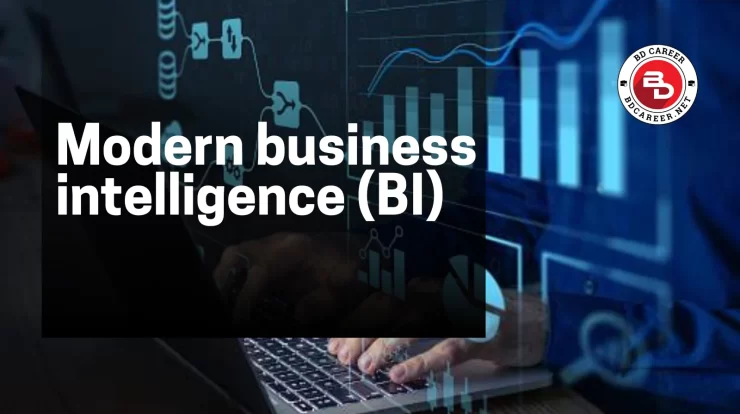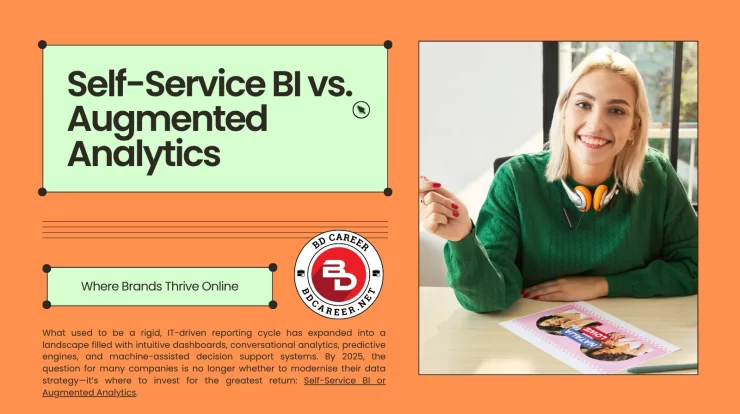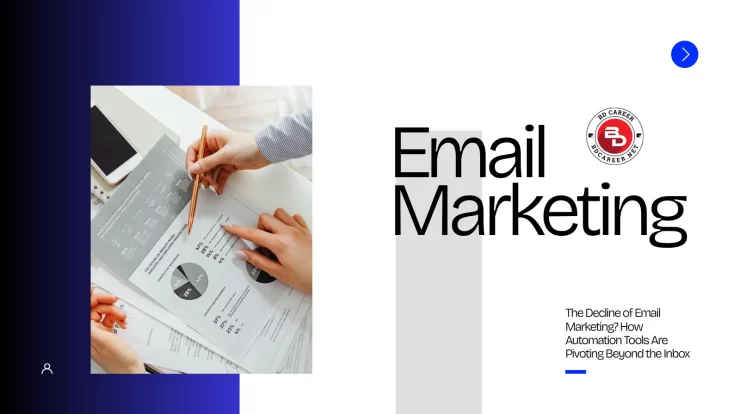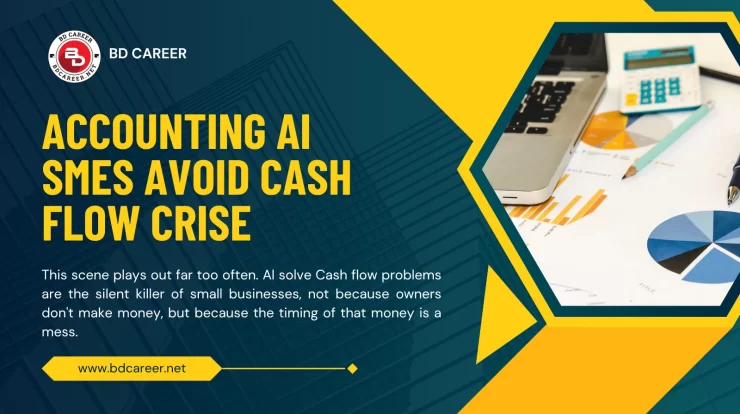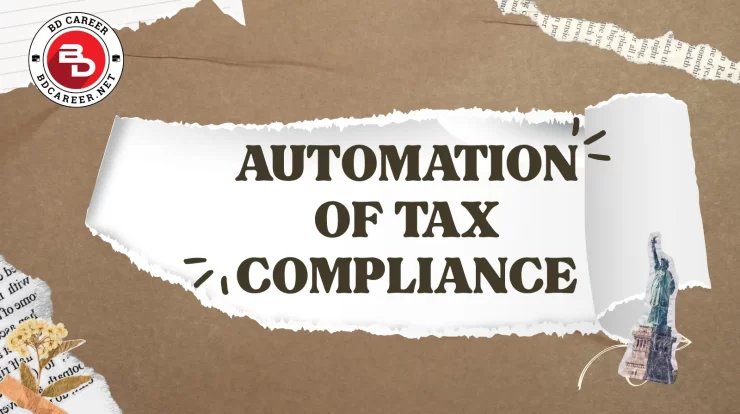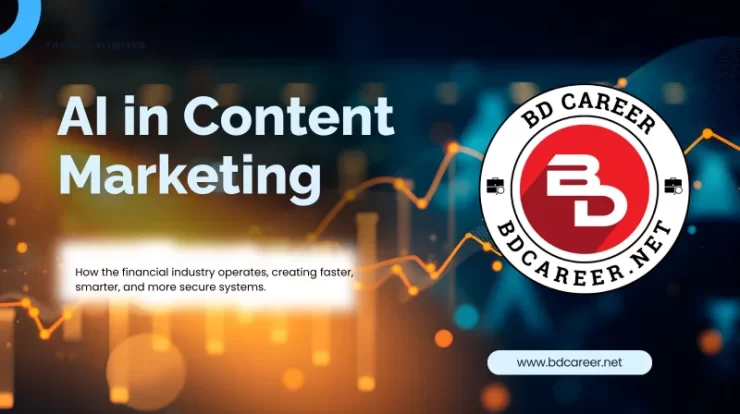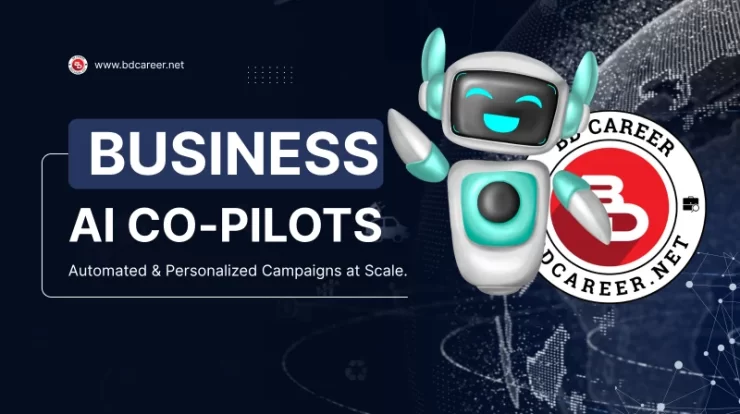
Here’s the thing about running a business today. It feels like you’re juggling knives while standing on a skateboard. Moving too slow? You’re toast. Move too fast without thinking? Same result. Decisions that once took months or even quarters now need to be made yesterday.
That’s why “AI copilots” have started buzzing around the corporate world. And no, this isn’t some sci-fi fantasy of robots taking over your office chair. It’s more like… you’re flying the plane, but now you’ve got this hyper-alert, data-obsessed partner sitting beside you, whispering, “Hey, turbulence ahead, wanna reroute?” They’re not replacing you. They’re just making sure you don’t miss the stuff you wouldn’t have spotted on your own.
Contents
What Exactly Is an AI Copilot?
Let’s get clear. This isn’t just your old-school business dashboard with pretty charts you glance at during meetings. An AI copilot is more like that one colleague who always has the numbers ready, who can answer questions on the spot without digging through endless spreadsheets. Except this one never sleeps.
You can literally type (or ask out loud), “What happens to our profit margins if oil prices spike by 10% next month?” and boom, you’ve got a simulation, a graph, maybe even two alternative strategies. Try getting your intern to do that in under a second.
Think Microsoft Copilot built into Teams or Excel. Or Salesforce Einstein predicting which of your leads might ghost you. Or those custom AI dashboards some finance bros have hooked into trading floors. The defining thing here is speed. These tools don’t just tell you what happened. They nudge you about what might happen next. And sometimes, that’s the difference between sinking and swimming.

Why Real-Time Data Matters in Modern Business
We used to live in a world where leaders sat down with fat quarterly reports, red pens in hand, ready to dissect the past. Cute, right? That rhythm made sense in the ’90s, maybe even the early 2000s. But now? Forget it.
Delay is death. Ask anyone who tried to manage supply chains during COVID. Those who relied on old models, waiting for monthly updates, got steamrolled. Shelves went empty, costs skyrocketed, and customers bailed. Meanwhile, the companies with some flavour of real-time analytics could pivot, reroute containers, renegotiate suppliers, and adjust pricing before the competition even realised what hit them.
It’s not just global disasters either. Markets swing on rumours. Customer moods change with TikTok trends. Real-time data is basically oxygen in this economy. Without it, you’re wheezing. With it, you can actually make decisions before your competitors even know there’s a problem.
The Copilot Model: Human + Machine Collaboration
Let me be blunt: anyone telling you AI is about to replace CEOs doesn’t understand CEOs or AI. Business leadership isn’t just numbers and forecasts. It’s messy. It’s political. It’s about reading the room, knowing when to bluff, when to compromise. Machines aren’t built for that.
But they are built for crunching mind-numbing amounts of data. And that’s where the copilot metaphor actually works. Imagine you’re a CEO in a strategy meeting. You’re weighing a market entry into, say, Southeast Asia. Someone asks about costs if tariffs change. Instead of waiting three weeks for a team to run models, you just ask your AI copilot. In seconds, it lays out five scenarios with probabilities and risks. You still have to weigh cultural fit, brand positioning, and board politics, but at least you’re not flying blind.
That’s the sweet spot. The AI copilot doesn’t decide for you, but it gives you the clarity (and sometimes courage) to make the tough calls.
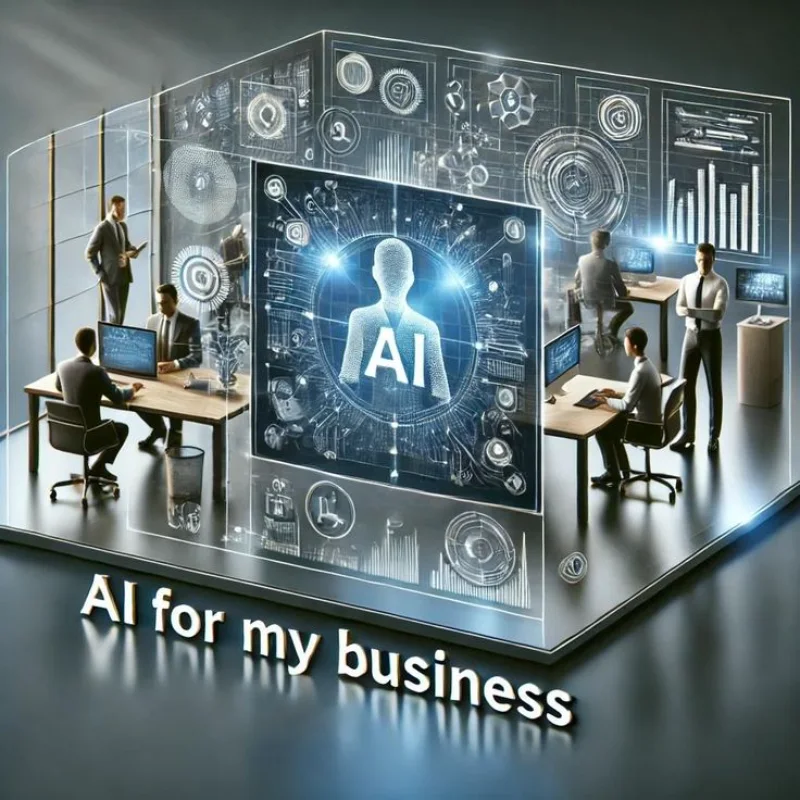
Key Business Areas Benefiting From AI Copilots
They’re popping up everywhere, but a few areas are kind of no-brainers:
- Finance: Imagine being a CFO and asking, “How exposed are we if the euro drops by 5% tomorrow?” and getting an instant, precise breakdown. Risk management on steroids.
- Operations: Supply chains, inventory, predictive maintenance, this is catnip for AI. A factory can now catch a failing machine before it actually fails, saving millions in downtime.
- Marketing & Sales: Ever wonder why Netflix seems to know exactly what you want to watch before you do? Same principle. AI can nudge sales teams: “Hey, this customer is 80% more likely to convert if you mention sustainability.”
- HR: Yeah, even HR. AI can spot patterns of turnover before they explode. “Looks like your engineering team might bleed talent in the next 6 months, better get ahead of it.”
Basically, if it runs on data, and what doesn’t these days? AI copilots can juice it.
Challenges and Risks
Now, it’s not all smooth sailing. Let’s not romanticise this. A few big risks stand out:
- Data Privacy: Feeding all your sensitive data into an AI model? That’s a hacker’s dream if you’re not careful.
- Over-Reliance: If execs start rubber-stamping whatever the AI spits out, that’s dangerous. You still need the human gut check.
- Bias: Garbage in, garbage out. If the training data is skewed, the recommendations will be too. Imagine using a hiring copilot trained on biased data, yeah, lawsuits incoming.
- Cultural Resistance: Some leaders just don’t buy it. They trust their instincts, not algorithms. And honestly? Sometimes instincts are right. Convincing them to lean on AI takes time.
So, AI copilots are powerful, but they need guardrails. They’re advisors, not bosses.
From Assistant to Strategic Partner
If you think this is just a passing fad, you’re in for a surprise. AI copilots are already edging toward more autonomy. Some companies let them handle small stuff like automatically reordering stock or tweaking ad budgets. Nothing dramatic, but it’s a slippery slope.
Give it a few years, and regulators are going to step in. We’ll need transparency audit trails of how recommendations were made, especially in sensitive fields like finance or healthcare, where lives (and billions) are at stake.
But the writing’s on the wall. Just like Excel or email once transformed business, AI copilots will become so standard that you’ll forget what life was like without them. Ten years from now, running a business without one might look as reckless as flying a plane with no instruments

Conclusion
At the end of the day, it’s about confidence. Leaders want to know they’re not walking into storms blind. AI copilots don’t guarantee perfect weather, but they certainly provide better radar. And no, they’re not taking your job. They’re just making sure you don’t miss the warning signs. A pilot can fly without a copilot, but would you feel safe boarding that flight? Probably not.
Business is just as high-stakes, just as unpredictable. The leaders who learn to work with AI, instead of fearing it or pretending it’s optional, will be the ones charting bold new courses. Everyone else? They’ll be scrambling to catch up.
